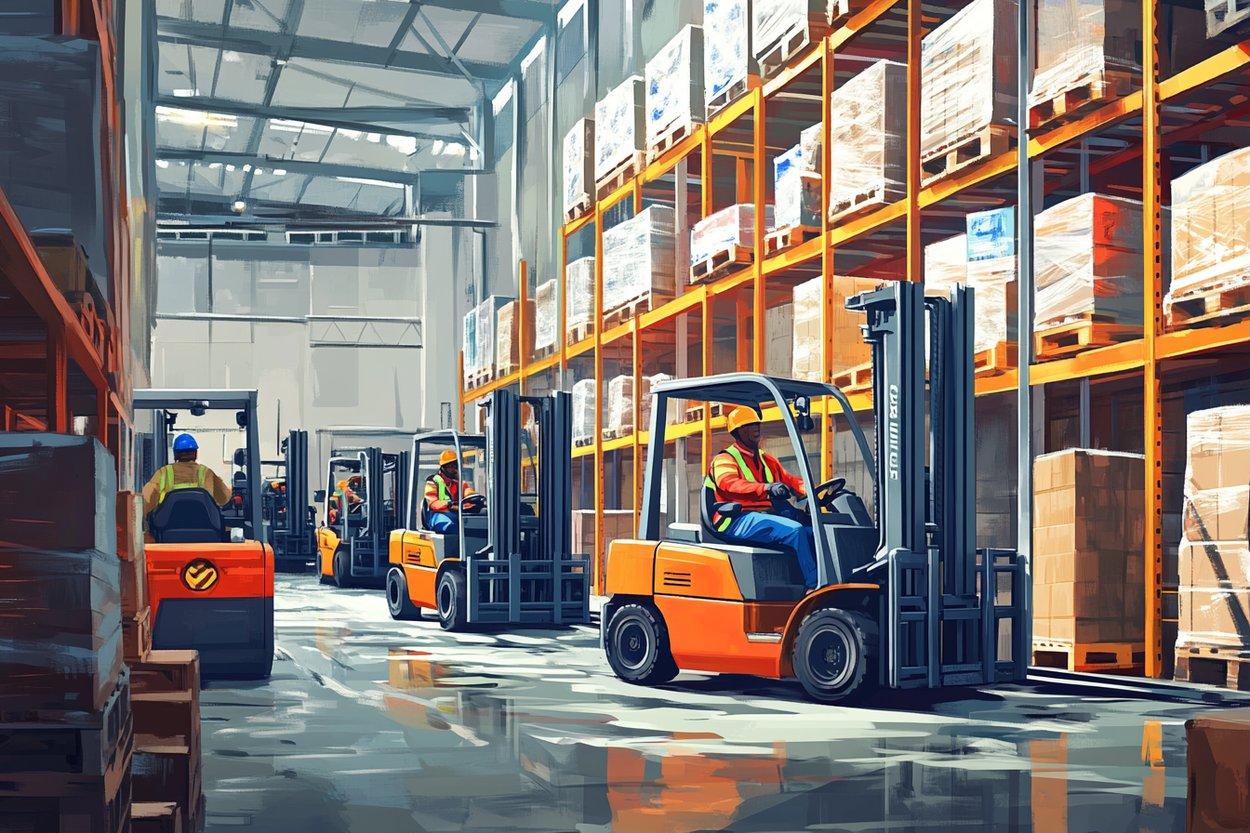"Shaping the Future: The Role of 3D Printing in Automotive Manufacturing"
Introduction: Imagine a world where car parts can be produced on demand, where waste is drastically reduced, and where the limitations of traditional manufacturing are a thing of the past. Welcome to the world of 3D printing in the automotive industry.

3D Printing: A Revolutionary Leap in Manufacturing
Although 3D printing, also known as additive manufacturing, has been around since the 1980s, it has only recently started to gain significant traction in the automotive industry. It involves the use of digital 3D models to create solid objects, layer by layer, from various materials, such as plastic, metal, and even carbon fiber. This technology is revolutionizing the way cars are made, offering unprecedented levels of efficiency, customization, and flexibility.
The Dawn of a New Era: 3D Printing in Cars
In the past, vehicle production was a lengthy process, requiring expensive molds and machinery. However, with 3D printing, parts can be created quickly and affordably on a much smaller scale. This opens up the possibility for smaller manufacturers to enter the industry and for larger companies to experiment with unique designs. For instance, Bugatti, the French luxury car manufacturer, is already using 3D printing to create complex brake calipers out of titanium, a feat unachievable with traditional methods.
Current Trends in 3D Printed Automotive Manufacturing
3D printing is not only transforming how cars are built, but also how they are repaired. With the ability to produce parts on-demand, repair times can be significantly reduced. This is particularly advantageous for older models where parts may no longer be in production. Furthermore, as the technology continues to evolve, we are seeing a trend towards the production of larger, more complex parts. This includes entire car bodies, such as the Blade supercar by Divergent 3D, which boasts a 3D printed chassis.
Impact, Benefits, and Challenges of 3D Printing
The impact of 3D printing on the automotive industry is far-reaching. It offers numerous benefits, such as cost savings, increased production speed, reduced waste, and the ability to create complex designs. However, there are also challenges to overcome, including the need for new materials that can withstand the rigors of automotive use and the development of large-scale printers capable of producing entire vehicles.
Shaping the Future of Automotive Design and Manufacturing
Despite these hurdles, the potential of 3D printing in the automotive industry is immense. As the technology continues to advance, we can expect to see even more innovative applications, from custom-designed cars to lightweight, fuel-efficient models. In a world of increasing environmental concerns and the need for sustainable practices, 3D printing may well be the key to the future of car manufacturing.
In conclusion, the integration of 3D printing technology into the automotive industry is a game-changer. As we move away from traditional manufacturing methods and embrace this innovative technology, we are entering a new era of automotive design and production—one that promises to be more efficient, more sustainable, and more exciting than ever before.




